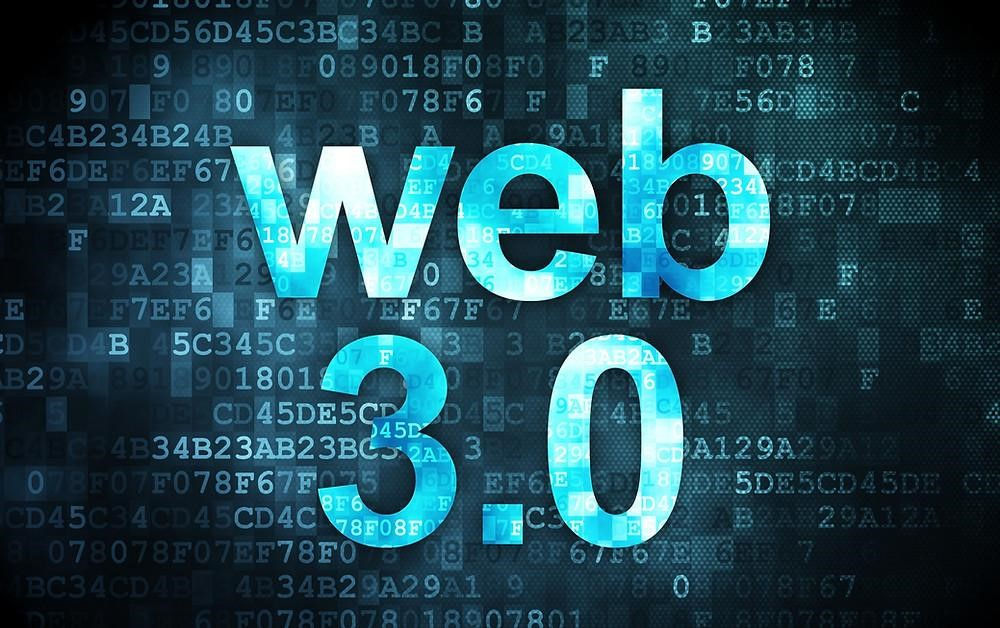
Web 3.0, the next phase of evolution of the Internet/Web which will be built on the concept of decentralization.
Decentralization: There is no central controlling node, and no permission will be required from a central authority to post anything on the web. This also implies freedom from indiscriminate censorship and surveillance. People will be seeing the world in a different way, where instead of that data residing in centralized databases, it is going to reside on the block chain technology which is not controlled by one organization. The network will allow participants to interact directly without going through a trusted intermediary.
In Web 2.0, computers use unique web addresses (in the form of HTTP protocol) to find information, which is stored at a fixed location generally on a single server. With Web 3.0, because information would be found based on its content, it could be stored in multiple locations simultaneously and hence entirely decentralized. This would break down the massive databases that are currently held by the internet giants like Facebook (now Meta) and Google, and prevent their undue enrichment by handing greater control to users.
In Web 2.0, people’s data is owned by large organizations such as Facebook, Google, and Amazon. In Web 3.0, the data is envisaged to be owned by consumers. With that, our data becomes our choice, (and) which advertiser we want to give it to, and if the advertiser is paying Facebook, we should get a fraction of that.
It doesn’t only mean that sharing photos, communicating with friends and buying things online will no longer be synonymous with Big Tech companies but also every time you post a message, you earn a token for your contribution, giving you both ownership stake in the platform and one day, a way to cash in.
Big opportunity for managed IT services:
Once we decentralize the data on the web, companies’ data on the cloud will need more protocols and policies to save the data. Managed IT services have to work more on data security. With spatial web maturity, managed IT services have to focus on 5G technology with interface platform to rapidly and securely transmit rich, high-definition, contextual media experiences from physical objects to a computation layer and back to the end user, extremely fast network connectivity will be required. As AI-driven software evolves from expensive, task-specific technology to affordable and collaborative, the nature of white collar will change. Managed services providers not only will have to work on block-chain technology design to enable automated trust but also support social platforms for exchanging value. Building on a secure digital ledger to track financial interactions across the Internet, DAOs are one example of the kinds of organizations likely to emerge with the shift to Web 3.0.
Pros:
Artificial intelligence & Machine learning algorithms will be more powerful as this will help to collect the randomized data which will help humans in making life saving predictions, climate modeling and understanding the pattern of human brain to make the supe-human robots. When layered on top of new decentralized data structures giving access to a wealth of data that would be the envy of today’s tech giants, the potential applications go far beyond targeted advertising.
Three-dimensional (3D) graphics will also be a crucial attribute of Web 3.0, Virtual reality(VR)/Augmented reality shopping will change the dynamics in the field of E-commerce platforms. People will be more precise while doing online shopping and the interface will be more interactive and user friendly.
Cons:
1) Trustless and Permission less: Web 3.0 will be “trustless” (i.e the network will allow participants to interact directly without going through a trusted intermediary) and “permission less” (meaning anyone can participate without authorization from a governing body.
2) Decentralization also brings with it significant legal and regulatory risks. Cybercrime, hate speech, and misinformation in a decentralized web will be more. A decentralized web would also make regulation and enforcement very difficult; for example, which country’s laws would apply to a specific website whose content is hosted in numerous nations globally.
Improvement in Web 3.0: There must be some protocols and policies included, so that we can make Web 3.0 partially decentralized. Which means, there should be some regulatory bodies/local bodies who take care of the data that is being posted on the internet. Cybercrime, hate speech, and misinformation—which are already difficult enough to manage—will become a biggest challenge in a decentralized structure because of the lack of central control.




Recent Comments